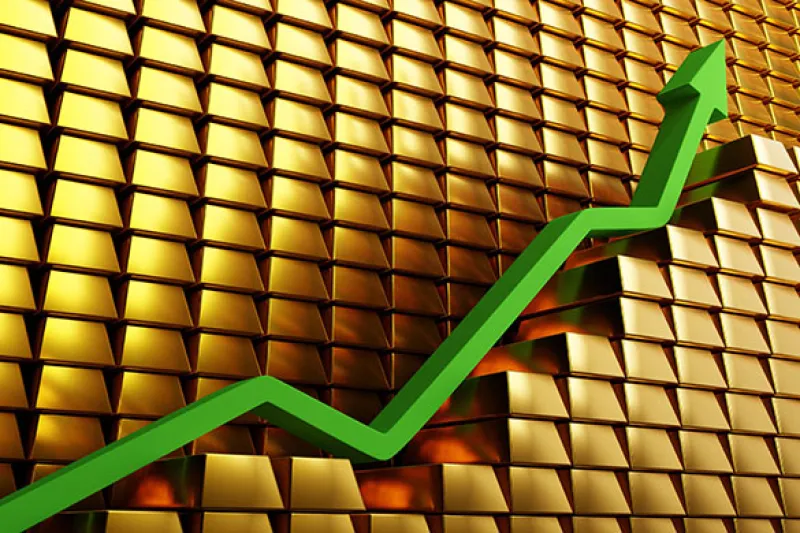Strong growth in global investment demand for gold in Q3 partly offset weakness elsewhere as COVID-19 remained in the driving seat. Demand for gold dropped to 892.3 tons (t) in Q3 – its lowest quarterly total since Q3 2009 – as consumers and investors continued to rattle the effects of the global pandemic. At 2,972.1t YTD, demand is 10% below the same period of 2019.
Although jewelry demand improved from the Q2 record low, the combination of continued social restrictions, economic slowdown and a strong gold price proved onerous for many jewelry buyers: demand of 333t was 29% below an already relatively anemic Q3 2019.
By contrast, bar and coin demand strengthened, gaining 49% y-o-y to 222.1t. Much of the growth was in official coins, due to continued strong ‘safe-haven’ demand in Western markets and Turkey, where coins are the more prevalent form of gold investment. Q3 also saw continued inflows into gold-backed ETFs, although at a slower pace than in the first half. Investors globally added 272.5t to their holdings of these products, taking YTD flows to a record 1,003.3t.
Central banks generated small net sales of gold in Q3, the first quarter of net sales since Q4 2010. Sales were generated primarily by just two central banks – Uzbekistan and Turkey – while a handful of banks continued steady albeit small purchases.
Overall demand for gold used in technology fell by 6% year-on-year to 76.7t. While demand did remain weak, this was a notable improvement from the 16% year-on-year decline in Q2, as some key markets emerged from lockdown.
The total supply of gold fell 3% year-on-year in Q3 to 1,223.6t, despite 6% growth in gold recycling, with mine production still feeling the effects of the H1 COVID-19 restrictions.
Highlights
Quarterly inflows of 272.5t took global holdings of gold-backed ETFs (gold ETFs) to a new record of 3,880t. While the pace slowed a little from H1, sustained inflows throughout Q3 demonstrate the continued motivation of ETF investors to add to their holdings.
The U.S. dollar gold price rose to a record high of US$2,067.15/oz in early August. This was followed by a correction with the price closing the quarter around US$1,900/oz. Record high prices for gold were also seen in various other currencies, among them the rupee, the yuan, the euro and sterling.
Bar and coin investment jumped to222.1t in Q3 – up 49% year-on-year. Most major retail investment markets saw strong growth though the largest volume increases were seen in Western markets, China and Turkey, while strong continued in Thailand.
The pandemic further impacted the jewelry sector. Weakness in consumer demand caused by COVID-19 was compounded by record gold prices: Q3 demand fell 29% year-on-year to 333t. While China and India accounted for the largest volume declines, this weakness was a global trend.
Central banks generated modest net sales of 12t of gold in Q3. This was the first quarter of net sales since Q4 2010, primarily due to concentrated sales by two banks. Buying continues at a moderate pace, driven by the need for diversification and protection amid the negative interest rate environment.
While investors are clearly embracing gold as evidenced by strong demand (particularly for gold-backed ETFs), understanding how to value gold remains a barrier for some. Qaurum is a web-based quantitative tool that helps investors intuitively understand the drivers of gold performance. Behind its user-friendly interface, Qaurum is powered by the Gold Valuation Framework (GVF), an academically validated methodology based on the principle that the price of gold and its performance can be explained by the intersection of demand and supply.
Accessible from Goldhub.com, the World Gold Council’s data and research site, Qaurum allows investors to assess how gold might react across different environments in three easy steps:
- Select a hypothetical macroeconomic scenario provided by Oxford Economics, or customize your own.
- Generate forecasts of demand and supply, and view the impact of key macro drivers.
- Calculate and visualize implied returns for gold.
Learn more about Qaurum and the GFV methodology.






